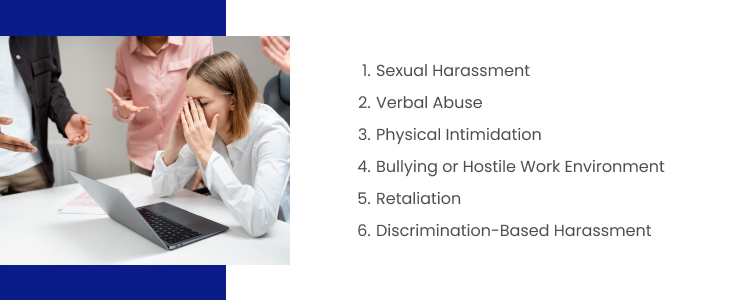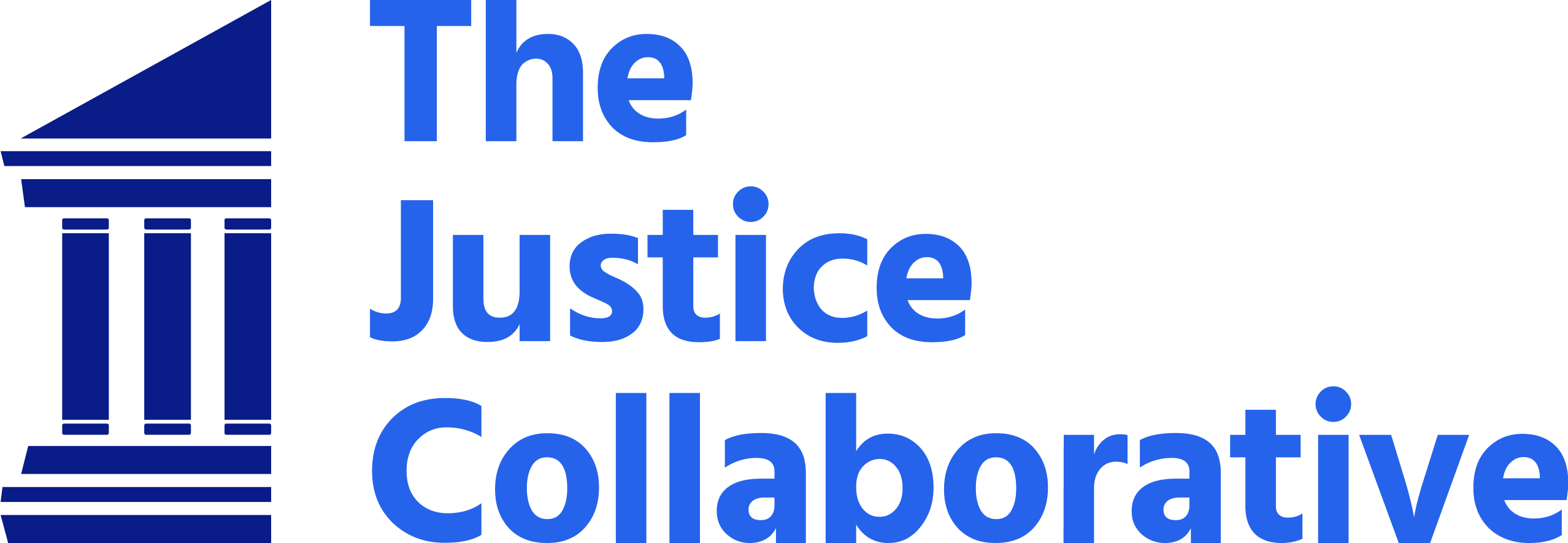Workplace harassment is not only an ethical issue but a significant legal concern that affects millions of employees worldwide. According to a 2020 report by the U.S. Equal Employment Opportunity Commission (EEOC), nearly 14,000 workplace harassment complaints were filed in just one year.
If you believe you’ve been subjected to harassment, it’s important to understand the signs that indicate eligibility to file a claim, such as unwanted conduct based on race, gender, or disability.
Settlement amounts can range from a few thousand dollars to over $1 million, depending on the severity of the case. The process typically spans 180 days to several years, with most cases being resolved through mediation or settlements before reaching trial.
This article will guide you through how to file a lawsuit and what outcomes you can expect.
What is Workplace Harassment?
Workplace harassment refers to any unwelcome conduct that targets an employee based on protected characteristics such as race, gender, sexual orientation, religion, or disability. Under federal law, harassment becomes unlawful when it is severe enough to create a hostile work environment or leads to negative employment actions such as demotion or termination.
The EEOC defines harassment as “inappropriate behavior that is rooted in race, color, religion, sex (including pregnancy), national origin, age (40 or older), disability, or genetic information.” Harassing behavior may include verbal abuse, offensive jokes, physical assault, or even more subtle forms such as exclusion from team activities or promotions.
It’s important to note that the conduct must be “unwelcome” and must constitute harassment by being severe or pervasive enough to affect the victim’s work performance or emotional well-being.
Types of Workplace Harassment

Workplace harassment can take many forms, each varying in severity and impact on the employee. Here are the major types of workplace harassment:
Sexual Harassment
Sexual harassment claims are among the most common workplace harassment cases, comprising nearly 42.8% of all harassment complaints filed with the EEOC in 2022.
A study found that a significant percentage of women reported being sexually harassed in the workplace. The highest incidence rates were found in industries such as hospitality and retail. Unwanted sexual advances fit into this category.
Verbal Abuse
Verbal abuse involves offensive remarks or discriminatory language. This type of harassment is particularly common in workplaces where employees feel safe making hurtful comments about their colleagues.
Physical Intimidation
Physical intimidation, such as unwanted touching or threats, is a severe form of harassment. Physical assault or threats of violence in the workplace can lead to criminal charges, alongside civil suits for emotional distress and loss of income.
Bullying or Hostile Work Environment
Bullying can be both psychological and physical, involving intimidation, humiliation, or sabotage. One in five workers has experienced bullying at work, with over 60% of workplace bullies holding positions of power or authority. These situations usually make the workplace intolerable.
Retaliation
Retaliation occurs when an employer punishes an employee for filing a harassment complaint or participating in an investigation.
Discrimination-Based Harassment
Discrimination-based harassment targets employees based on characteristics like race, age, religion, or disability.
Workplace Harassment Examples
Real-life cases of harassment provide a better understanding of its impact:
- Sexual Harassment: A female employee is subjected to lewd comments and physical gestures from her manager, who frequently requests dates. After reporting the incident, she is reassigned to a less prestigious position.
- Verbal Abuse: A senior employee repeatedly mocks a younger colleague’s accent and heritage in front of other employees, making jokes about their nationality despite requests to stop.
- Physical Intimidation: A supervisor intimidates an employee by physically standing too close, pushing the employee into a corner during meetings, and making threatening gestures.
These examples emphasize how harassment, whether sexual, verbal, or physical, can have a lasting and damaging effect on victims.
Workplace Harassment vs. Discrimination: Key Differences
Harassment and discrimination are distinct but related concepts. Harassment involves inappropriate conduct that creates an uncomfortable work environment. Discrimination, on the other hand, refers to unfair treatment based on a protected characteristic, such as race or gender.
The reasonable person test is often used in harassment cases to determine if the behavior would be deemed inappropriate by a “reasonable person” in similar circumstances. Conversely, discrimination focuses on unequal treatment and job opportunities due to someone’s protected status.
While both are illegal under federal law, harassment generally involves behavior that targets an individual in an overt or repeated manner. In contrast, discrimination may involve broader, less personal treatment in areas like hiring, firing, or promotions.
Legal Basis for Harassment in the Workplace
Employees in the United States are protected from harassment by various laws, with Title VII of the Civil Rights Act of 1964 being one of the most significant pieces of legislation.
Under Title VII, employees can file a harassment complaint with the Employment Opportunity Commission (EEOC) within 180 days of the incident. If the claim is not resolved within the EEOC’s internal system, the employee may receive a “Right to Sue” letter and file a lawsuit in state or federal court.
The court will award punitive damages
How to File a Workplace Harassment Lawsuit
If you believe you have experienced harassing conduct at work, here are the essential steps to take to seek compensatory damages:
- Document the Incident: Keep detailed records of the harassment, including dates, times, witnesses, and the type of behavior. This documentation can be vital in proving your case.
- Report the Harassment: Notify your employer or HR department. Employers are legally required to address harassment complaints promptly and take action to stop the behavior.
- File a Harassment Complaint with the EEOC: If the employer fails to take appropriate action, file a harassment complaint with the EEOC. This time frame can sometimes extend to 300 days if state or local discrimination laws are involved.
- Consult a Sexual Harassment Lawyer: A sexual harassment lawyer can guide you through the process, ensuring your rights are protected and increasing your chances of a favorable settlement.
- File a Lawsuit: If the EEOC does not resolve the issue, you may choose to file a lawsuit with a reputable law firm. You’ll have to consider court fees, filing fees, and more, but it’s worth it if you have a solid case.
Common Challenges in Workplace Harassment Cases
Pursuing a harassment claim can be daunting due to several common challenges:
- Lack of Evidence: The success of a harassment lawsuit often hinges on the strength of the evidence. Many harassment cases are dismissed because the claimant fails to provide sufficient proof.
- Fear of Retaliation: Many employees hesitate to file a harassment claim due to concerns about retaliation from their employer or colleagues, despite the fact that retaliation is illegal.
- Legal Complexity: The legal process can be complex and overwhelming. Many victims of harassment lack the resources to navigate the legal system without professional assistance.
Statute of Limitations for Filing a Claim
The statute of limitations for filing a harassment claim is crucial to know. If you intend to file a lawsuit under federal law, you must file with the EEOC within 180 days of the alleged harassment.
The timeline for claims related to state-specific laws can range from 1-2 years. Also, if you receive back pay, it will start from the lawsuit filing date. Also, note that federal law caps how much compensation you can receive in punitive damages.
How to Strengthen Your Harassment Claim
To increase the likelihood of success, consider the following steps:
- Document Everything: Keep a detailed record of all incidents of harassment, including emails, texts, and any form of communication that may serve as evidence.
- Witness Testimonies: If others have witnessed the harassment, ask them to provide statements or testify on your behalf.
- Consult Early: Contact a lawyer specializing in harassment or workplace discrimination early in the process to avoid delays and ensure your case is handled properly.
Workplace Harassment FAQs
What Are The Signs of Harassment at Work?
Signs of harassment include feeling uncomfortable, targeted with offensive remarks, or witnessing or experiencing repeated actions that create an intimidating work environment.
How Does HR Handle Harassment?
Human Resources is responsible for investigating harassment claims, implementing corrective measures, and ensuring the work environment remains free from discrimination and hostility.
Can I Sue Without Reporting to HR First?
While it’s often beneficial to report harassment to HR first, you can still file a lawsuit without doing so, particularly if reporting doesn’t result in corrective action.
How Long Does It Take to Resolve a Lawsuit?
The duration of a lawsuit can vary significantly, but it typically takes 1-2 years from filing to resolution, depending on the complexity of the case. You may also seek to have your legal fees covered by the other party at the conclusion of this extensive process.
Conclusion
Unlawful harassment, especially in the workplace, is a serious issue, and employees must understand their rights and the legal steps available to them. Victims can hold perpetrators accountable with proper documentation and legal support and potentially pursue compensation. Filing a workplace harassment lawsuit or a harassment complaint with the Equal Employment Opportunity Commission can be an essential step toward justice.
If you’re experiencing harassment, don’t wait. Seeking advice from a lawyer early on can help ensure that your case is handled effectively, increasing your chances of success.
Disclaimer: The information provided in this article is for informational purposes only and does not constitute legal advice. Readers should consult with a licensed attorney for legal guidance regarding their specific situation. The content is not intended to create, and receipt of it does not constitute an attorney-client relationship.



